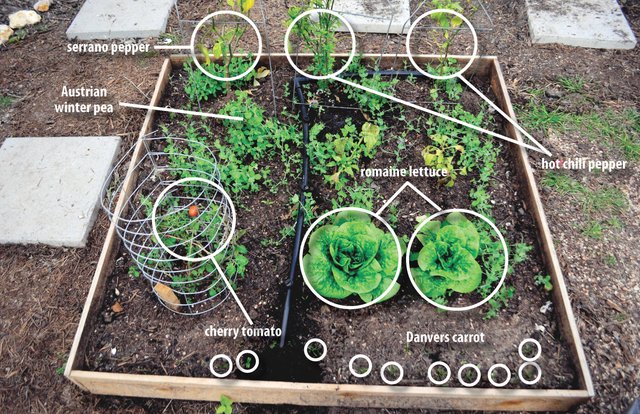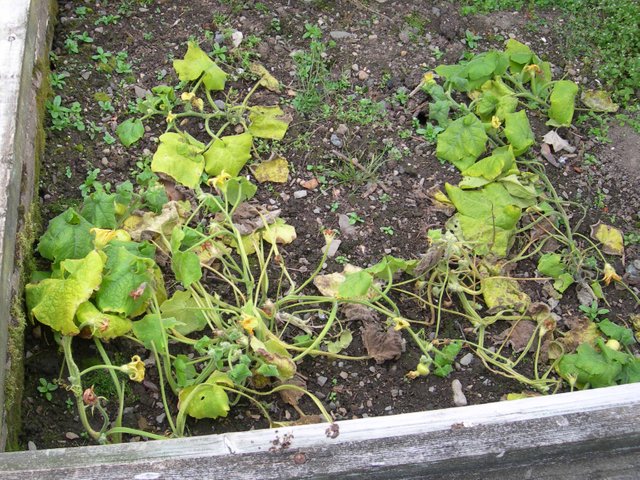How to Tell if You have Healthy Garden Soil

How to Tell if You have Healthy Garden Soil
Before you even begin to think about planting anything in your garden you will be well advised to run some simple tests on your soil. There is no point risking a new healthy plant in poor quality or unhealthy soil - you will end up wasting time and money. Plants do not need a great deal to thrive water, light and nutrients and the nutrients are provided by the soil.
If you plant out in unhealthy soil your plants will be unhealthy too.

In an ideal world your soil will be a mix of 40% each of sand and silt and 20% clay. The first test you can run is simply to grab a handful of your soil and squeeze it into a ball. Does it form a ball or does it simply crumble? Does moisture ooze out as a solid ball is formed?
If the soil will not clump - you probably need to add some moisture retaining peat or clay mix. If the soil will not break down easily you probably need to add sand. It really is that simple.
The next test is to take a sample of soil and mix it with water in a see-through glass or plastic container. Give the water and soil a good shake to evenly distribute the soil particles throughout the mix. Now just set this to one side until everything settles and you can examine the results.
You will notice that the water is fairly clear, although it may be stained, and the soil has settled into 3 (or sometimes more) quite distinct layers. This should give you an idea if you have a roughly 40/40/20 mix or if one particular ingredient is deficient.
If you are struggling to diagnose your soil, just take a small sample in a plastic bag to your local nursery or garden centre and they will be glad to help.
Another consideration before planting is the location of the bed and whether the soil is likely to become waterlogged. If you have a sandy type soil in a patch at the bottom of a downhill slope, this is probably ideal. The sand will allow efficient drainage and the area will not become waterlogged. If the soil in a similar situation is clay based you may need to decide to build a raised bed in this position to keep your plants from becoming waterlogged.
Prepare your soil before you plant. Fertilize areas to ensure vigorous growth but be sure to use the right fertilizer. Some are nitrogen based and some phosphorus. Check on the requirements of the plants you plan to grow in a particular spot and dress the soil accordingly. Fertilizer ideally needs adding to soil at least a couple of weeks before you plan to plant.
As plants grow they extract nutrients from the soil and these nutrients need to be replenished. For this reason it is a good idea to regularly add fertilizer, at the appropriate strength, throughout the growing season.
<strong>A note about fertilizer.</strong> There is an increasing trend towards the use of organic fertilizers and this can only be a good thing, especially where food crops are concerned.
I know you will want to get on and start growing those plants and seeds you have chosen but by taking these few simples steps to prepare the ground you really are giving yourself the best possible chance of having a successful growing season.